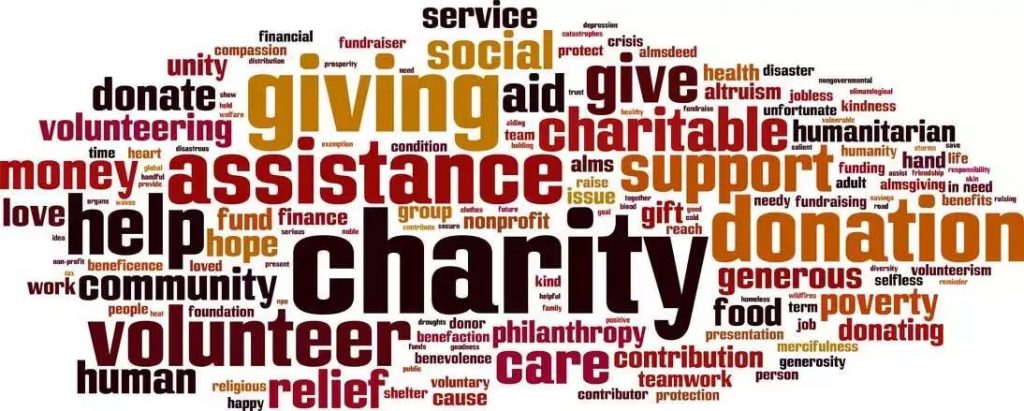In this post, we continue to explore the question who and what actually are the end parties in the Four Corner Model presented in a previous article. It is an important question because if we know these end parties and understand their needs, we can better understand the payment business. In fact, end parties are all customers of banks. Banks do have many types of customers: The private customers, the small and medium-sized business (SMB), the associations and non-governmental organizations (NGO) and the large companies. The previous article was about small and medium-sized businesses. In the following we will look at associations and non-governmental organizations (NGO) and consider their needs particularly in relation with (SEPA) credit transfers that they may initiate or receive.
Associations and Non-governmental Organizations (NGO) are non-profit organizations whose activities are usually towards charity or other social actions. They are run by volunteers or employees and get most of their funding from donations and government grants. To accept donations and perform other financial duties, they make use of bank account(s).
Although Associations and NGO do not pursue the goal of making profit, they have a lot in common with companies. First, they are both legal entities. Second, they have a mission statement. Third, they need money to run their operations. And fourth, they are run by people to provide goods or services. The number of people working for them varies with the size of their activities which can in some cases be carried out in many countries and regions. No wonder that in many countries, banks provide similar services to SMB, associations and NGO. Very big associations and NGO are treated by banks like large companies which will be the topic of the next article.

Associations and NGO receive donations and grants from members, sympathizers, partners and the government. And this can happen through credit of their bank accounts. They make payments to suppliers, employees (if they have) and beneficiaries of their activities which can be individuals, households and/or communities. Like SMB, they are interested in solutions allowing not to input the same data again and again when they make payment orders.
Pertaining to reporting, statuses of payment orders do matter of course and information should be provided as fast as possible through mails and SMS and when requested through a website for example. They may operate many accounts for legal or practical reasons. The higher the number of accounts, the more important it becomes to get a consolidated view.
Like for SMB, security is a concern for Associations and NGO. They can be victims of internal and external fraud too with terrible consequences on their image and activities. Effective solutions to address these issues and fight against fraud are of great interest for them.
The table below contains a summary of the Association / NGO customers’ needs.
| Association / NGO as Debtor | Association / NGO as Beneficiary |
|
|
|
|
The next article is about Large companies.




